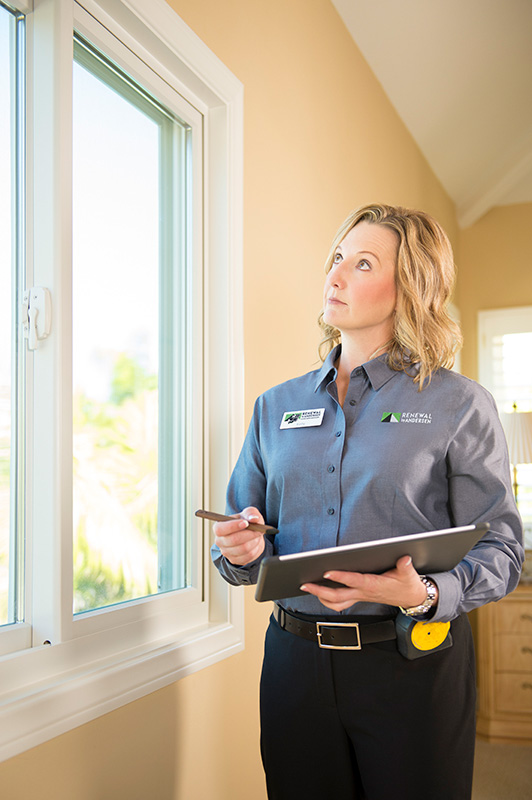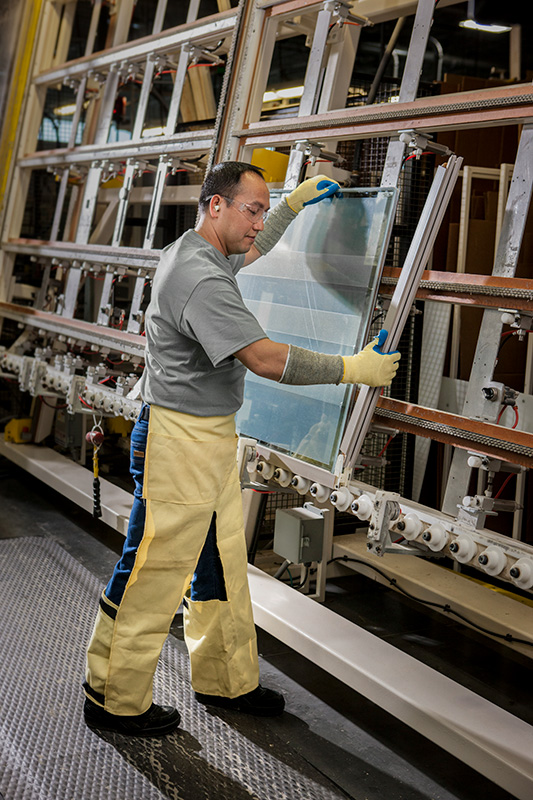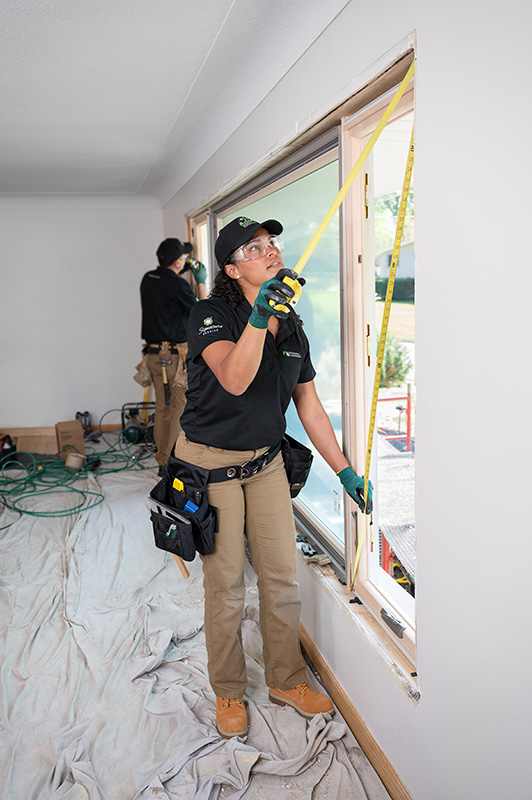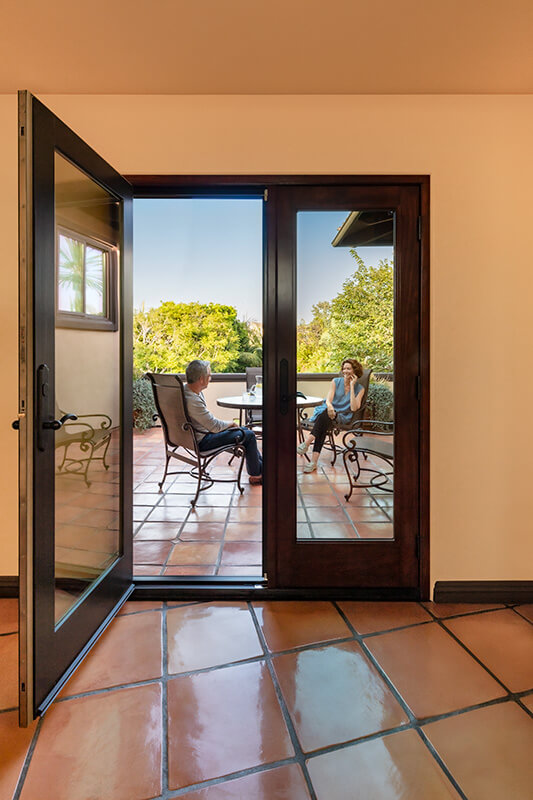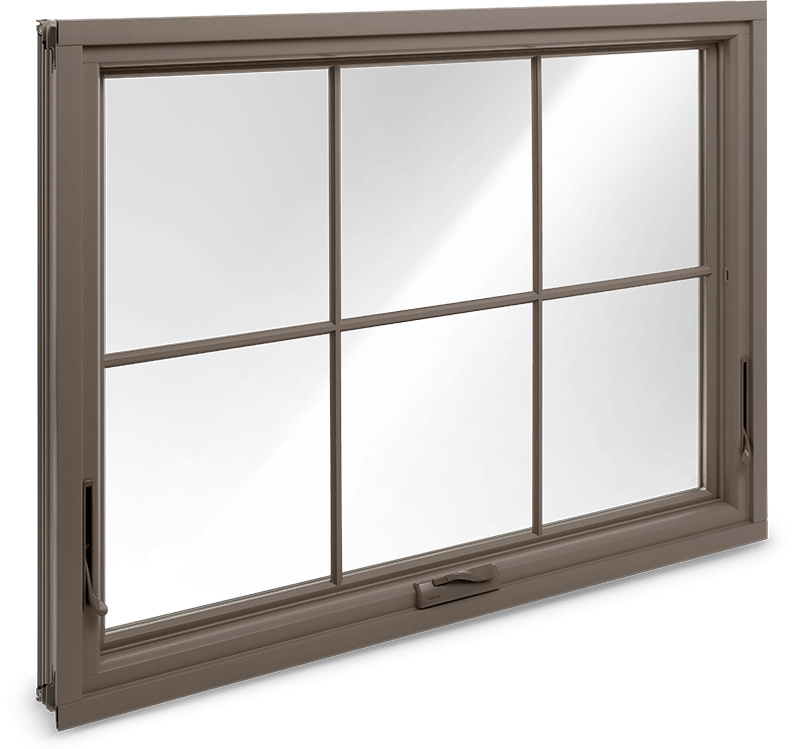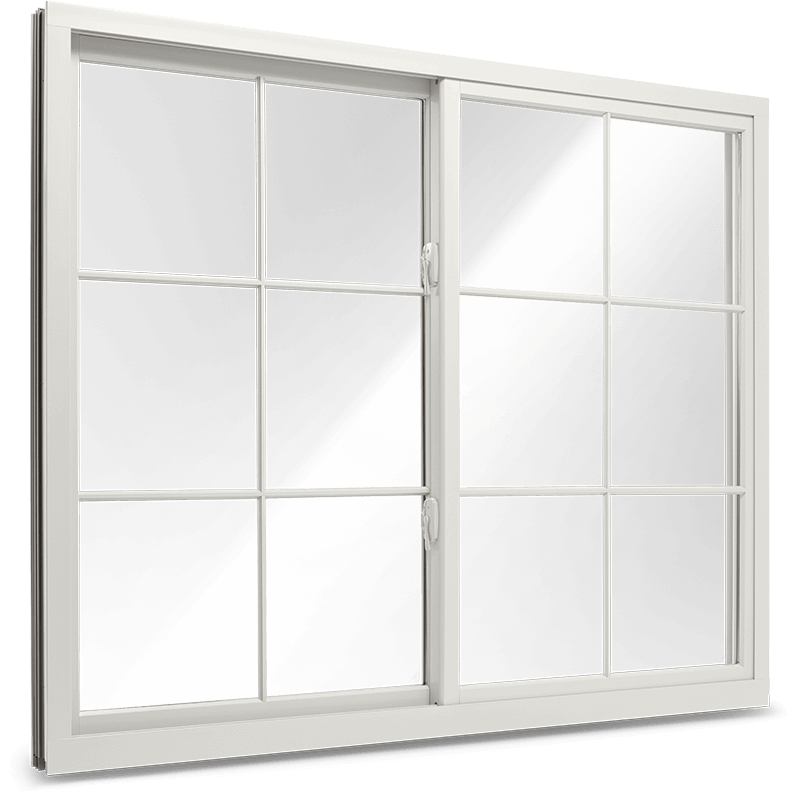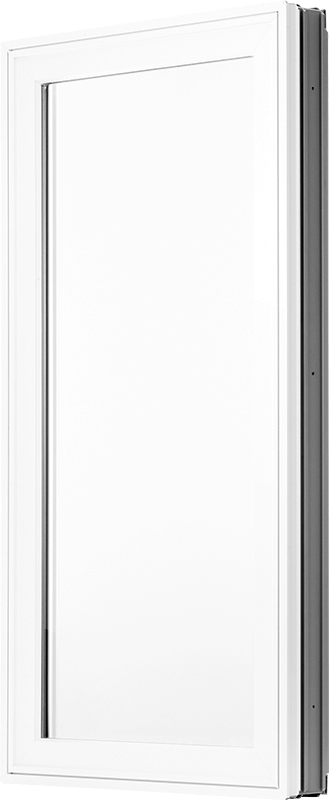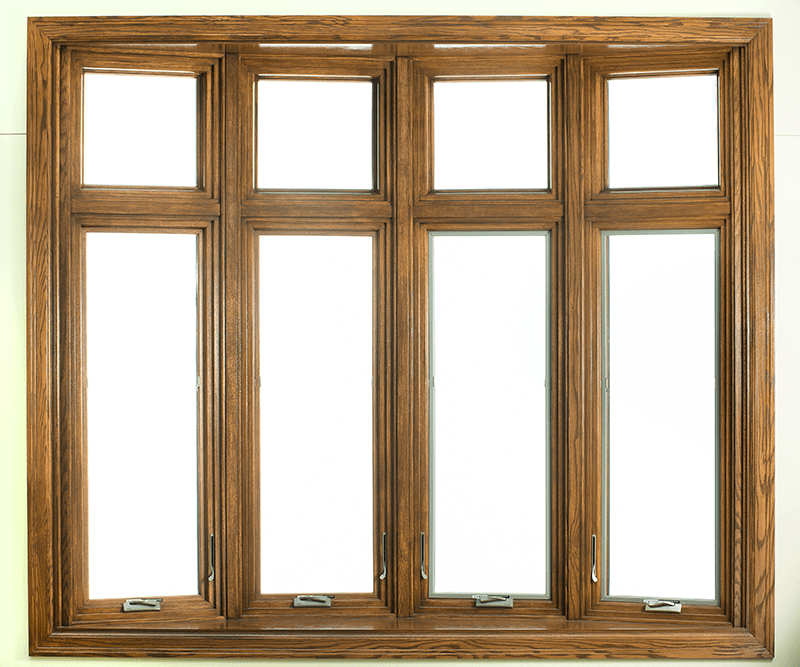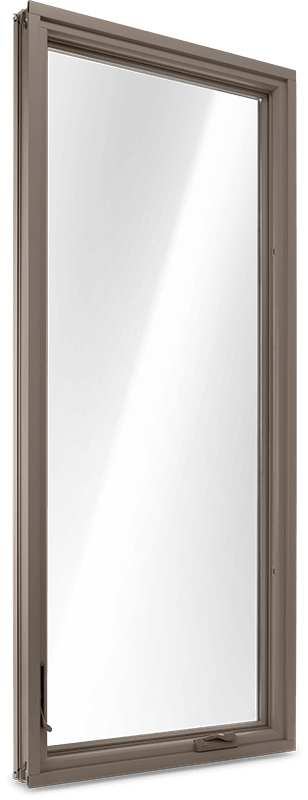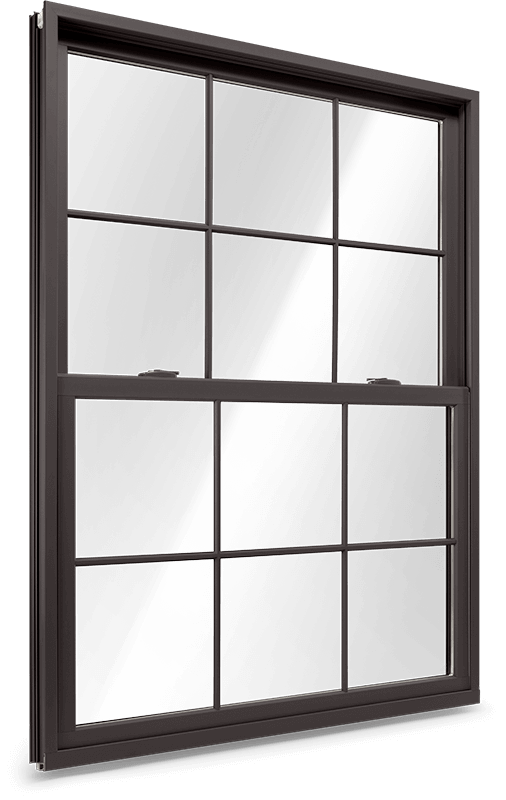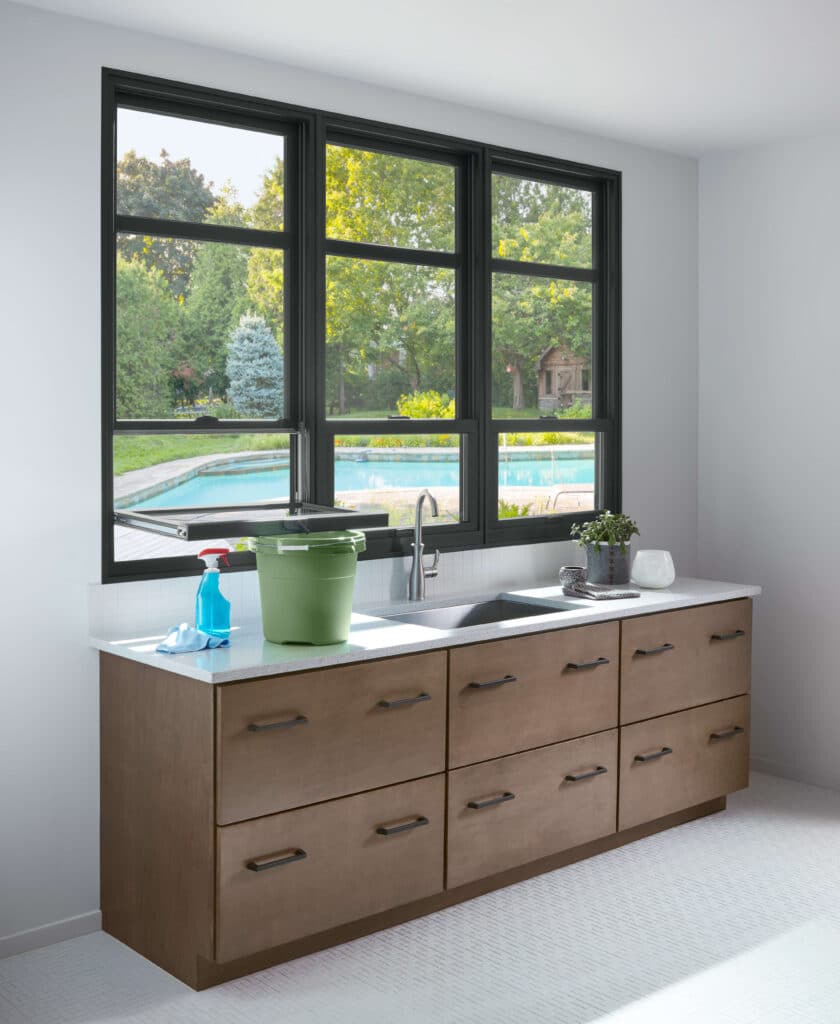
About Our Windows
Durable, beautiful, and custom crafted to order. Renewal by Andersen's energy-efficient replacement windows offer the elegance and strength of wood, with the low-maintenance benefits of vinyl. Explore various window styles and options to find the perfect match for your home. Schedule a free appointment with our design consultants to get started.
Our windows, made from the exclusive Fibrex® composite material, are built to last and installed by our skilled master installers.
Renewal by Andersen replacement windows provide superior thermal insulation, contribute to energy savings, offer exceptional strength compared to vinyl, require minimal maintenance, and come in a wide range of colors and styles.
With narrow frames and more glass area, our windows maximize your view. The extrusion process allows for custom shapes and a variety of long-lasting colors, including dark exteriors. Complete your home's look with stainable wood interiors, multiple hardware finishes, and grille patterns.
Still unsure? Schedule a free in-home consultation with our window design experts or visit one of our showrooms to get a quote and make an informed decision.
Renewal by Andersen Fibrex Window Frames vs. Vinyl
Renewal by Andersen's Fibrex® material: the perfect blend of wood's strength and vinyl's low maintenance. No cracks from freeze/thaw cycles, vibrant colors that won't fade, narrower frames for a better view, energy-efficient and eco-friendly, and windows that won't bow or warp.
- Vibrant and durable windows for years. Enjoy unobstructed views. Sustainable and energy-efficient. Shape-retaining performance. Experience the revolutionary Fibrex® material today.
- Enjoy expansive views with Fibrex®. Narrow frames maximize glass area, bringing the beauty of the outdoors into your home. Experience unobstructed natural light without sacrificing strength.
- Choose sustainability with Fibrex®. Beyond strength and durability, it's eco-friendly. Crafted from reclaimed wood and polymers, it cuts energy costs, enhances efficiency, and reduces VOC emissions. Embrace a greener lifestyle with Fibrex®.
- Peace of mind guaranteed. Our Fibrex® windows retain their shape, resisting bowing, bending, or warping over time. Enjoy long-lasting performance and experience the difference of our revolutionary Fibrex® material. Your home deserves it.
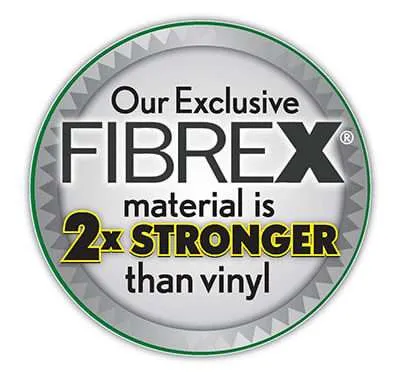
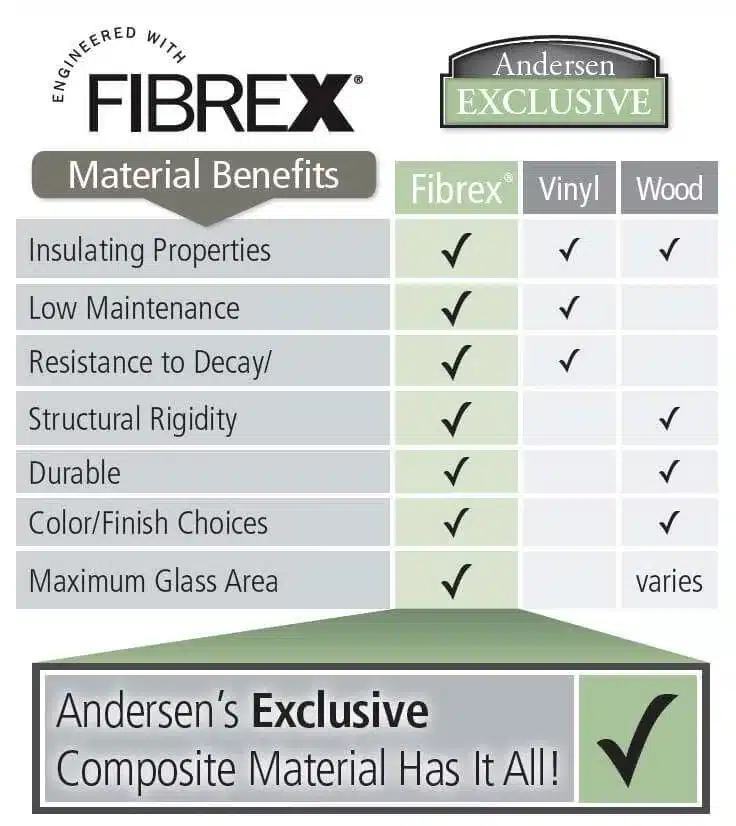
Our team of experienced design consultants is dedicated to understanding your unique design needs. Whether it's through in-home consultations or convenient no-contact virtual meetings, we take the time to listen and create a personalized plan to enhance your home.
With precision and attention to detail, our project technicians ensure accurate measurements and address any final questions you may have. Once the measurements are finalized, we proceed with manufacturing your fully customized windows, tailored to your specifications.
We believe in treating your home with the utmost care and respect. Our professional installers approach every installation as if it were their own home. They handle the process meticulously, ensuring a seamless fit and finish. And don't worry – we clean up after ourselves, leaving your home just as we found it.
Our products are backed with a robust limited warranty. Our commitment extends beyond installation. We're dedicated to making sure your windows function as expected and that you have peace of mind in your investment. Count on us for exceptional customer care.
